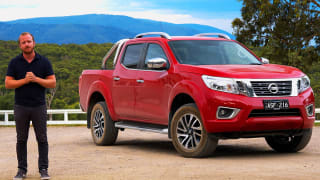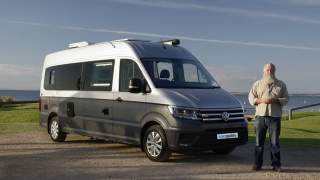There can be no denying the Triton’s sticker price jumps off the page and slaps you in the face. Our test vehicle was the premium grade Exceed, which is available only as a dual cab ute with automatic transmission for only $48,000.
Compare that with other top-shelf 4x4 dual cab utes like the Amarok Ultimate V6 ($68,490), HiLux Rugged X auto ($63,690), Ranger Wildtrak auto ($61,790), Colorado Z71 auto ($57,190) and Navara ST-X ($54,490). Obviously, many Aussies have done this and concluded that being able to buy a high quality Japanese ute with all the fruit for under $50K represents outstanding value for money.
Inside the premium grade Exceed are leather seat facings, steering wheel and gearshift plus paddle shifters, dual-zone climate control, heated front seats and a multi-connectivity six-speaker audio system with 7.0-inch control screen, Apple CarPlay and Android Auto.
Outside there’s keyless entry, dusk-sensing HID headlights, LED daytime running lights and fog lights, door mirrors with integrated turn indicators, alloy side steps and chrome sports bar, unique 17 x 7.5-inch diamond alloy wheels with 245/65R17 tyres and a full-size spare, rear differential lock and rain-sensing wipers to name a few, with tasteful chrome accents throughout. Our test vehicle was also equipped with the optional tow bar.


















